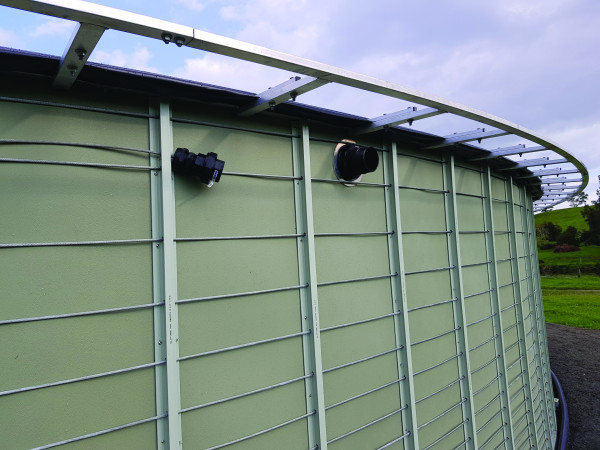
As the world grapples with issues like water scarcity and climate change, finding sustainable solutions for water management has become increasingly crucial. One innovative approach that is gaining popularity is the use of irrigation water tanks to harness rainwater for various purposes. By capturing and storing rainwater, these tanks not only help in conserving water but also reduce the reliance on traditional water sources. Refer Link: https:/
The Importance of Rainwater Harvesting
Benefits of Rainwater Harvesting with an Irrigation Water Tank
- Conserve water resources: By capturing rainwater, irrigation water tanks help reduce the demand on municipal water sources and groundwater reserves.
- Reduces water bills: Using rainwater for irrigation can lead to significant savings on water bills, especially for agricultural operations or landscaping.
- Improves plant health: Rainwater is free from chemicals and salts commonly found in tap water, making it ideal for irrigation and promoting healthier plant growth.
- Mitigates stormwater runoff: Rainwater harvesting can help in reducing stormwater runoff, which can prevent soil erosion and reduce the risk of flooding.
- Promotes self-sufficiency: By having a sustainable source of water for irrigation, individuals and businesses can become more self-sufficient and less reliant on external water sources.
Types of Irrigation Water Tanks
There are various types of irrigation water tanks available, each catering to different needs and preferences. Some common types include:
- Polyethylene tanks: Lightweight and durable, polyethylene tanks are easy to install and come in various sizes to suit different water storage requirements.
- Steel tanks: Steel tanks are known for their strength and longevity, making them ideal for long-term water storage solutions.
- Concrete tanks: While more expensive to install, concrete tanks are durable and can store large volumes of water, making them suitable for commercial or agricultural use.
Implementing Rainwater Harvesting Systems
Design Considerations for Rainwater Harvesting Systems
- Roof catchment area: The size of the roof catchment area will determine how much rainwater can be captured and stored in the irrigation water tank.
- Gutter and downspout placement: Proper placement of gutters and downspouts is essential to ensure efficient collection and diversion of rainwater into the tank.
- First flush diverter: Installing a first flush diverter can help in removing debris and contaminants from the initial runoff, ensuring that only clean water enters the tank.
- Overflow and drainage system: Having an overflow and drainage system in place is essential to prevent the tank from overflowing and to manage excess water during heavy rainfall.
Maintenance of Irrigation Water Tanks
- Regular cleaning: It is important to regularly clean the tank to remove any sediment or debris that may accumulate over time and affect water quality.
- Inspection of components: Check for any leaks, cracks, or damage to the tank, pipes, and fittings to ensure that the system is functioning properly.
- Water quality testing: Periodically test the quality of the stored rainwater to ensure that it is safe for irrigation purposes.
- Seasonal adjustments: Make adjustments to the irrigation system based on seasonal variations in rainfall and water requirements.
Conclusion
Harnessing rainwater with an irrigation water tank is a sustainable and eco-friendly solution that can help in addressing water scarcity and promote water conservation. By capturing rainwater and using it for irrigation purposes, individuals and businesses can reduce their environmental impact, save on water costs, and contribute to a more sustainable future. With the right design, installation, and maintenance, irrigation water tanks can be an effective way to make the most of this valuable resource.